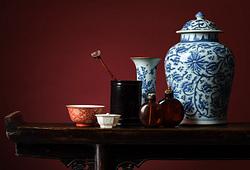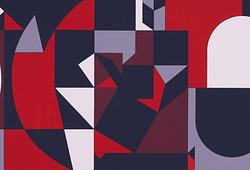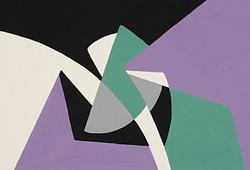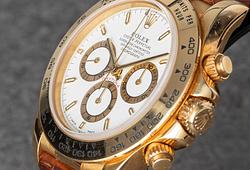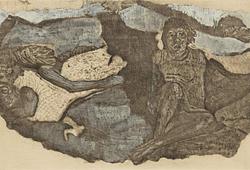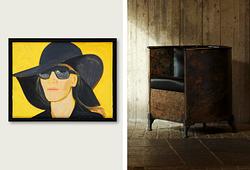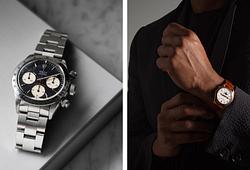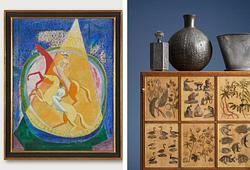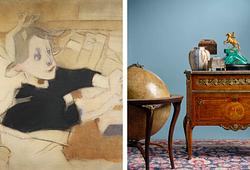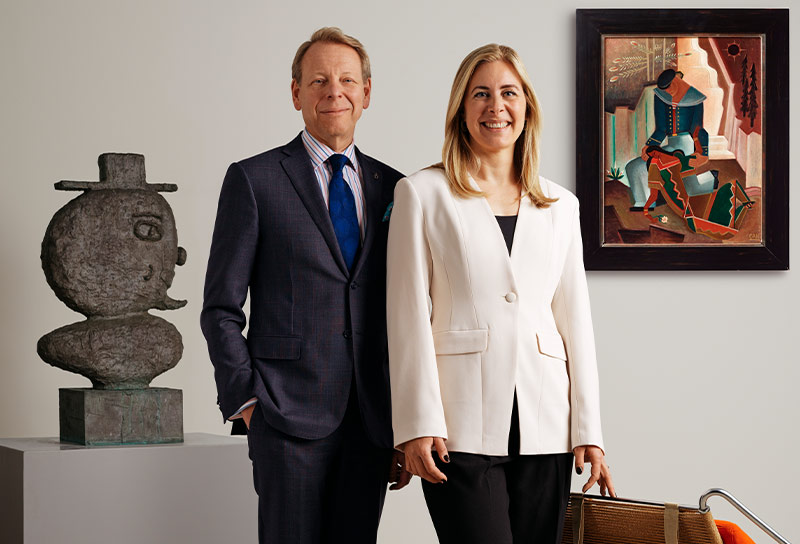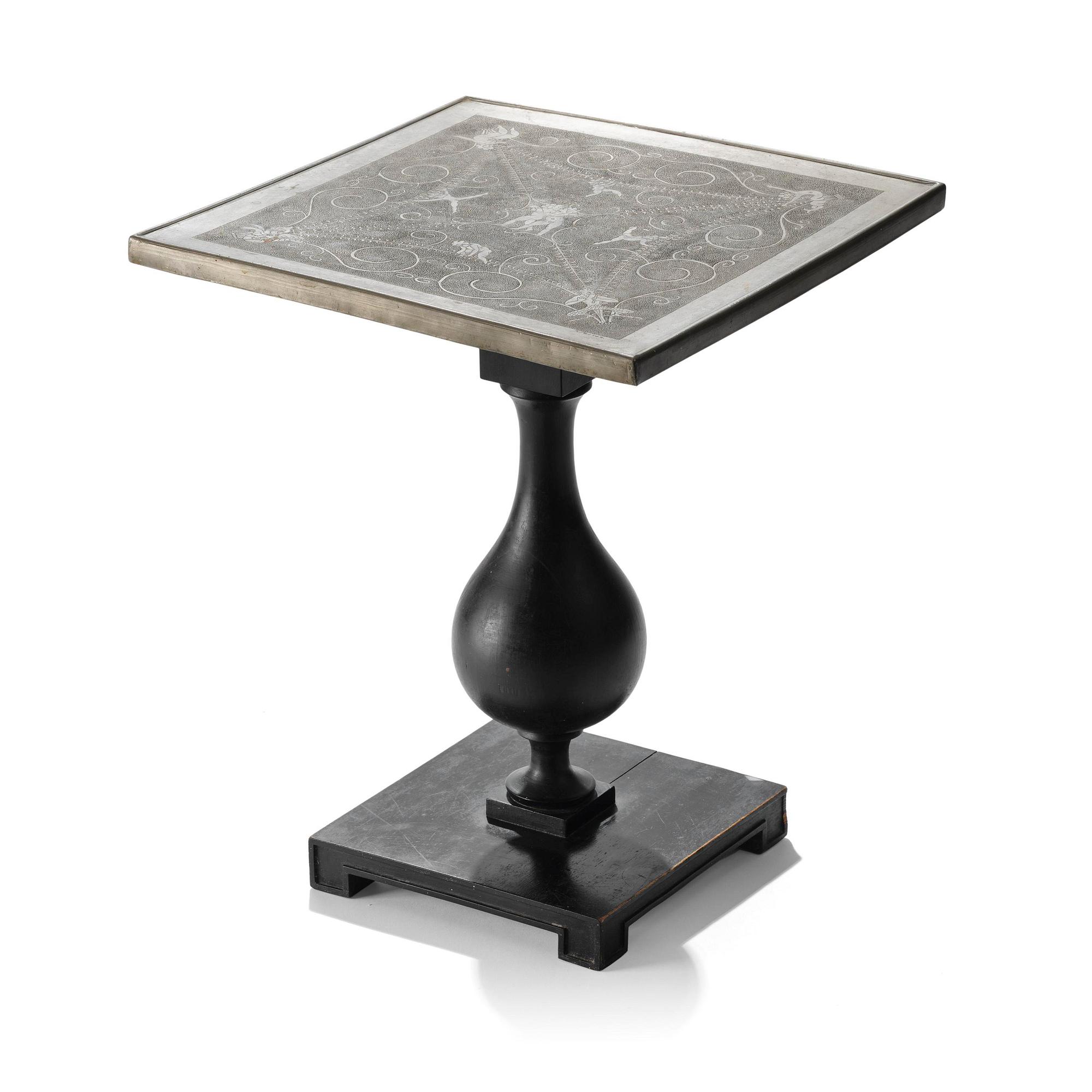Anna Petrus
A pewter top tray table on a base by Uno Åhrén, executed in her studio, Stockholm, ca 1922-25.
The pewter top with punched and chiselled decoration of putti, faun, mermaid, dragon amidst floral ornamentation, signed A Petrus in the pewter, the base of black-lacquered birch with baluster-shaped leg on a four-sided, profiled foot. Height 50 cm, 41.5 x 41.5 cm.
Slight normal wear.
Provenance
Cooperator and author Anders Hedberg (1895-1985), Stockholm.
Thence by descent to the present owner.
Literature
Hedvig Hedqvist, Rikard Jacobson & Jan von Gerber, "Modernt Svenskt Tenn", Atlantis 2004, compare pp. 18, 60.
Marie Rehnberg, "Anna Petrus - Skulptör, industrikonstnär och pionjär", Arena 2022, table base model illustrated as well as the motif on the tray for another base p. 73.
The tray and the model for the table are illustrated in the Anna Petrus archive.
More information
With her sculptural and artistic approach to industrial art, Anna Petrus held a special position alongside contemporary designers, and contributed to a renewal of Swedish pewter art in the 1920s. Her period as an active craftswoman and sculptor was still short-lived, and early furniture like the present tray table, executed in her own studio during the 1920s, are to be regarded as real rarities.
Designer
Anna Petrus was a sculptor, industrial designer, and artist active in the early 20th century. She was born as Anna Petersson, the daughter of a professor of medicine and a countess, and adopted her surname while studying at the Royal Academy of Fine Arts. She inherited a modest fortune at the age of 11 when her mother passed away, which allowed her to pursue her education in London and travel to Italy and France.
Anna Petrus's major international breakthrough came with the Exposition Internationale des Arts Décoratifs et Industriels Modernes in Paris in 1925, where she showcased items in pewter and cast iron, in the Swedish Grace style. Pewter was considered an outdated material at the time, but its popularity grew as designers like Petrus recognised its advantages. In 1924, she began a collaboration with the then newly established Firma Svenskt Tenn. The lion became a recurring motif in Anna Petrus's work, both as sculptures and as stylised decorations.
Read more




